At first, bamboo sounded like the perfect solution—fast-growing, tall, and great for privacy. It felt like a smart, low-effort choice. What I didn’t realize was how quickly it would turn into a full-time job just trying to keep it under control. It didn’t just stay in the neat little section I planted—it spread, aggressively.
After a few seasons, I was no longer tending to a plant—I was managing an invasion. Digging, cutting, and installing barriers all became part of the routine. If you’re thinking about planting bamboo, especially the running kind, there’s a lot to consider before putting it in the ground. Here’s what I learned the hard way.
Uncontrollable Spread
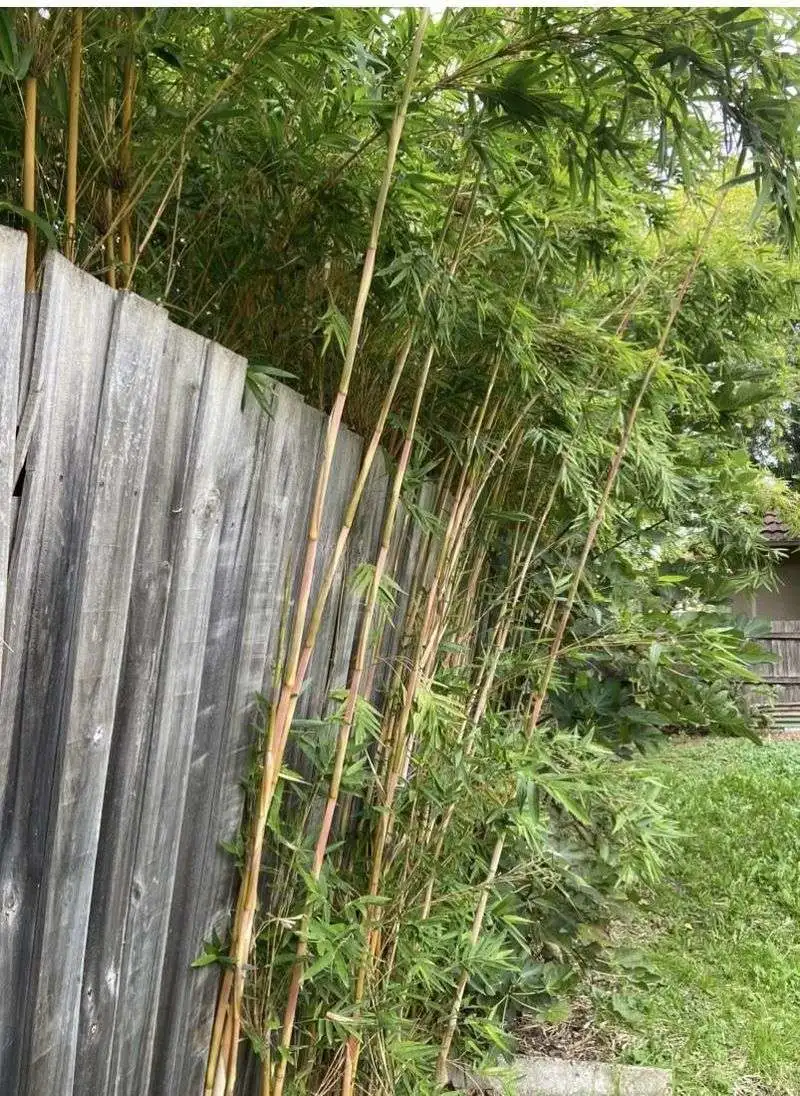
Bamboo’s ability to spread is unmatched in the plant world. What starts as a small cluster can become a sprawling forest, overtaking gardens and even creeping into neighbors’ yards. Its underground rhizome system allows it to spread rapidly, making it nearly impossible to control once established.
The more it grows, the harder it becomes to manage. Gardeners often find themselves battling this plant, trying to protect their landscapes from its relentless advancement. This unyielding nature turns bamboo from a green friend into a formidable foe, creating havoc in once-pristine gardens.
Invasive Root System
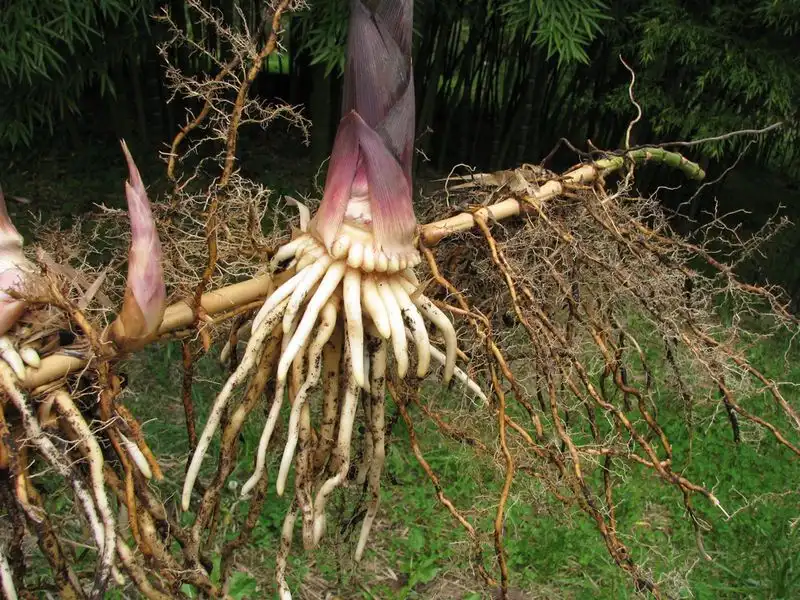
Bamboo’s roots are known for their intense invasiveness. They create a complex web beneath the soil, choking out other plants’ roots and stealing vital nutrients. Unlike other garden plants, bamboo doesn’t share; it conquers.
This aggressive behavior can disrupt the entire ecosystem of a garden, leading to the demise of other beloved plants. Gardeners are often left with the daunting task of trying to tame these roots, an almost impossible feat. The relentless root systems can even threaten structures, pushing through pavements and foundations.
Difficult to Remove
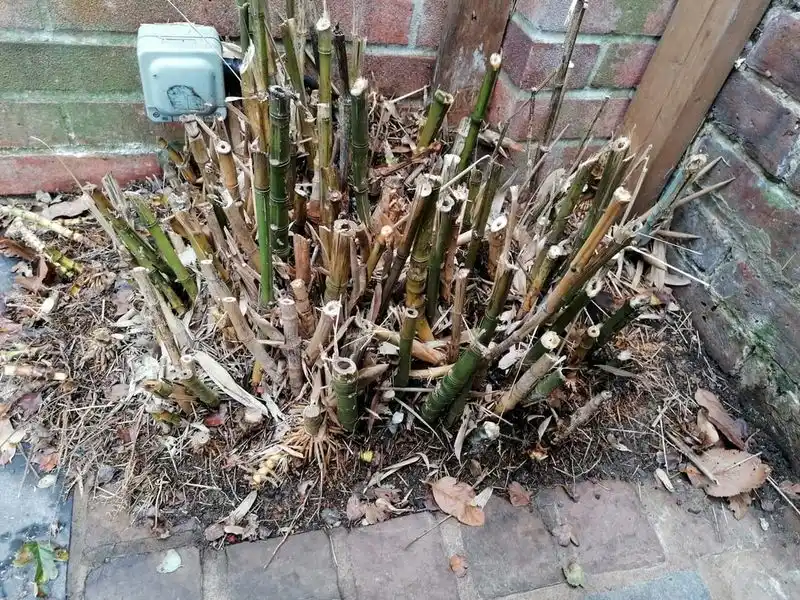
Once bamboo takes hold, removing it becomes a gardener’s nightmare. Simply cutting it back doesn’t suffice; its roots remain, ready to sprout anew with vigor.
Digging up bamboo is a labor-intensive task that often requires professional help. Even then, achieving complete removal is rare, leaving gardeners frustrated. The resilience of bamboo makes it a perennial challenge, often outlasting the patience and efforts of those who dare to plant it.
Allergy Concerns

Not many are aware, but bamboo can trigger allergies. When it flowers, the pollen released can cause sneezing, itchy eyes, and respiratory issues in sensitive individuals.
For those with predisposed allergies, having bamboo in the vicinity can become a health concern. The flowering cycle is unpredictable, often catching gardeners off guard. For families with allergy sufferers, this risk makes bamboo an undesirable plant, adding another layer of complexity to its cultivation.
High Water Consumption
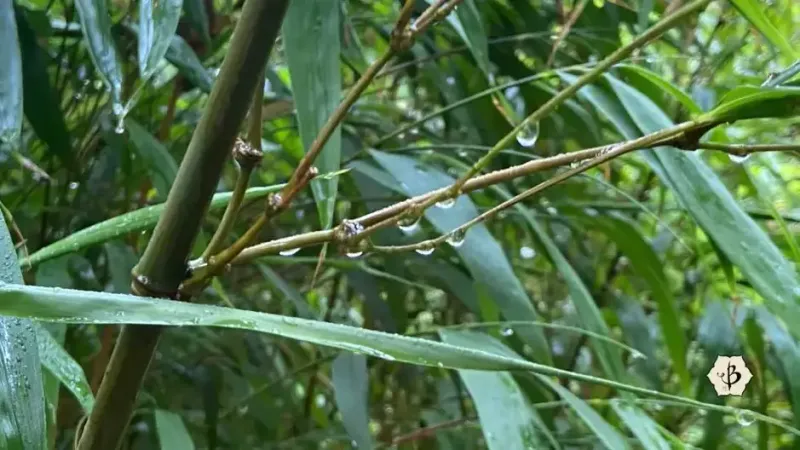
Bamboo is a thirsty plant. It requires a substantial amount of water to maintain its rapid growth, often leaving other plants in its shadow parched.
In regions with water scarcity, bamboo’s demands can become unsustainable. Gardeners need to constantly water it, which can increase costs and labor. This insatiable thirst makes it less suitable for eco-friendly gardening practices, contradicting the low-maintenance appeal it initially presents.
Pests and Diseases

Bamboo is not immune to pests and diseases, contrary to popular belief. Aphids, mites, and fungal infections can plague this plant, leading to unsightly damage.
Managing bamboo’s health requires vigilance and often, chemical interventions. This contradicts the idea of bamboo as a low-maintenance plant. Gardeners expecting a carefree green screen find themselves battling infestations, adding to the stress of bamboo cultivation.
Unreliable Growth Patterns
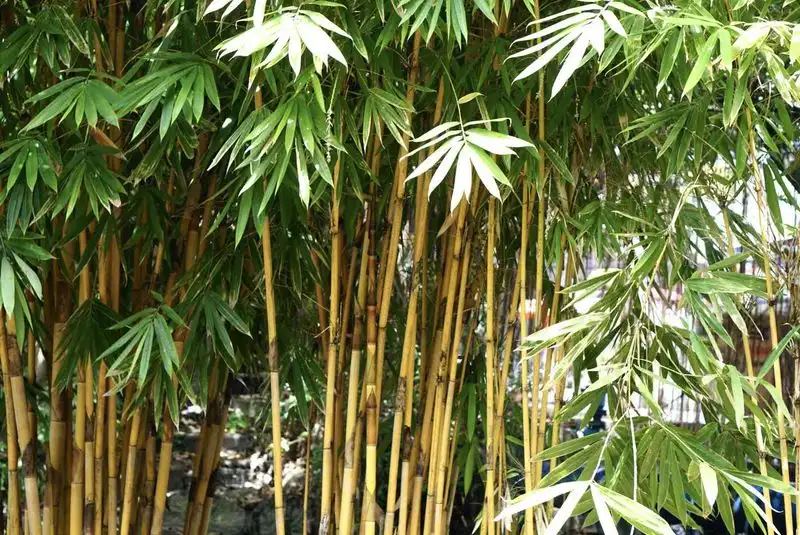
Bamboo’s growth isn’t as predictable as one might think. While some parts may flourish, others might struggle, resulting in an uneven and unsightly appearance.
These erratic growth patterns can disappoint gardeners looking for a uniform, lush green aesthetic. The inconsistency adds a layer of complexity to garden planning, often requiring additional time and effort to manage. Bamboo’s unpredictable nature can overshadow its beauty, making it more trouble than it’s worth.

